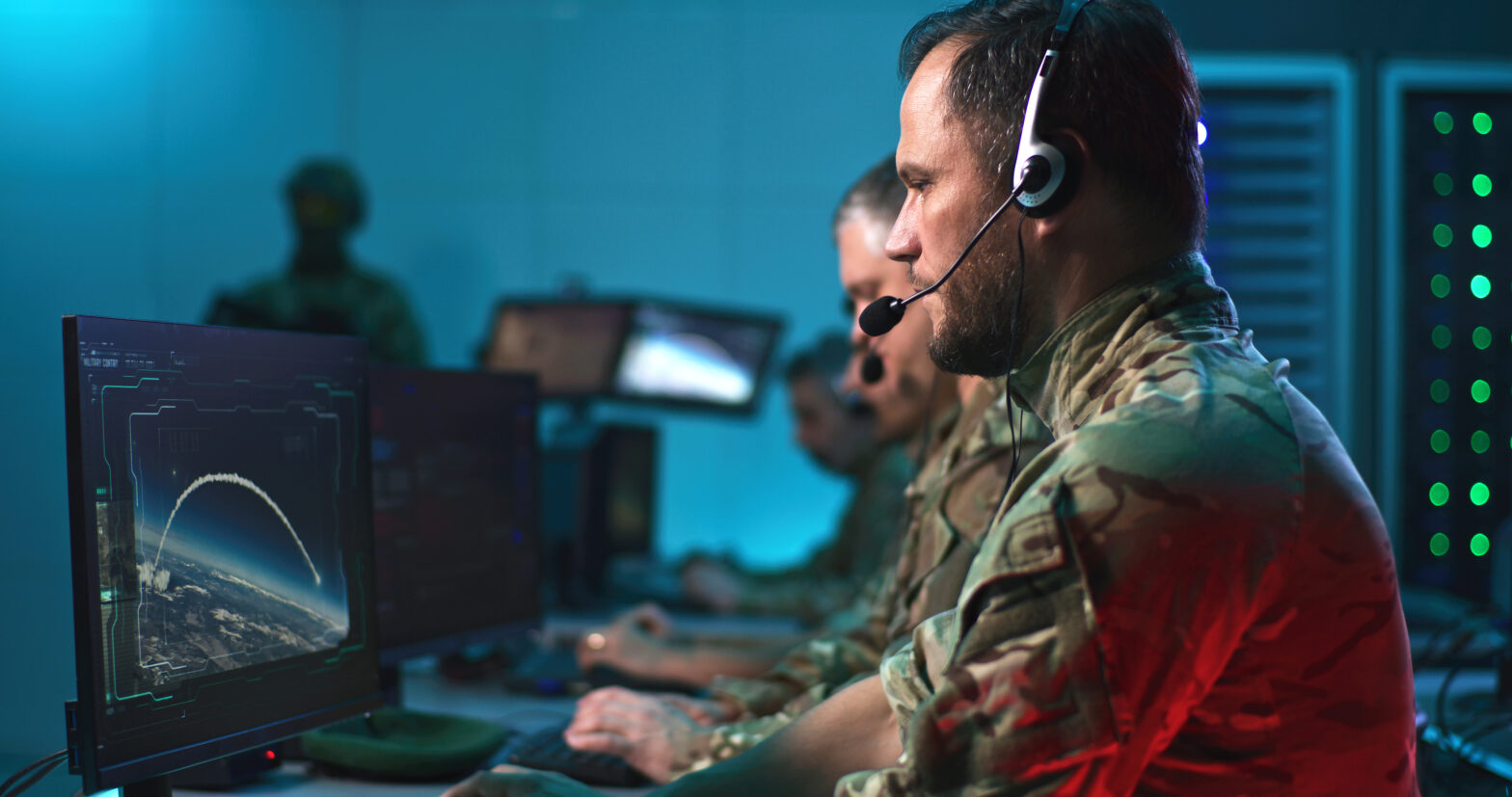The Defense Department’s Joint All Domain Command and Control (JADC2) strategy—designed to enable “Sense, make sense, and act” in an operational environment—has always intended to include the U.S.’s various partners and allies. More recently, the effort has become known as CJADC2, where the first “C” stands for “combined” to reflect a growing emphasis on sharing and coordination with international partners.
(Though not to be confused with the original “C2,” for “command and control.”)
Navigating Complexity with Collaboration
There are thousands of elements that compose the military command and control ecosystem writ large, including satellites, drones, smartphones, tablets, and wearables, to name only a few. Some are new, others are legacy; many are proprietary and non-standards based, which are ill-suited to share and distribute information to multiple users on different systems. All of these disparate components come from a broad array of manufacturers, and connecting all of these under CJADC2 adds a significant level of complexity to an already complex initiative.
Recognizing this challenge, Sigma Defense Systems has built relationships and created an ecosystem of technology partners to address the complexity of CJADC2. Jamie Beere, vice president of innovation at Sigma Defense, leads the team assessing technology and integrating novel concepts into the Sigma Defense CJADC2 environment. He said this starts with looking at Sigma’s own core competencies, the military’s legacy systems that are based on proprietary solutions, and what is needed to evolve them to work across existing system boundaries.
“CJADC2 is an enormous undertaking with many facets,” Beere said. “We’re focused on delivering an environment that enables modularity for compute and analytics at the tactical edge for sense, make sense and act.”
Beere added, “To make CJADC2 happen, we’re committed to making our family of solutions interoperable across industry. There is no proprietary solution. There’s no ‘P’ in that CJADC2. To be successful and achieve the stated objectives, we need to get away from being proprietary and focus on being collaborative.”
Breaking Down Siloes with Interoperability
This raises a rather sensitive point in the broader military contracting community; historically, the largest defense contractors have generally developed and deployed proprietary solutions for big DoD contracts. Additionally, the Services have pursued their own initiatives, which created the siloes currently at the root of the CJADC2 problem. Undoing these challenges requires a cultural and technological shift that embraces information sharing and standards-based, interoperable platforms.
Establishing interoperability “was written into doctrine within the National Defense Strategy,” Beere said. “From an acquisition and congressional funding perspective, it’s in there. But there’s no metric to say, ‘your solution can’t be more than X% proprietary of this.’ Industry in not incentivized to work collaboratively, and historically, it has been closed off.”
Complementary Capabilities
But there are signs that DoD is slowly eroding the hold of proprietary solutions. Beere cited the creation of the sensor open systems architecture (SOSA) standard that requires sensors to have common protocols.
Sigma Defense is teaming with multiple partners to provide capabilities for edge data ingestion, compute, analytics, and dissemination into the joint and partner environments. Beere said Sigma is working alongside these partners for their capabilities, skillsets and commitment to collaboration .
“The companies we have strong relationships with are coming to the table early,” he said. “Because they understand that collaboration is ultimately how the CJADC2 problem will be solved.”
To assemble the most responsive team for CJADC2’s requirements, Sigma is strategically partnering with companies that meet key criteria.
“Do they have products that meet the requirements of our objectives? Do they share our values to deliver a ubiquitous solution?” Beere explained. “We’re focused on delivering critical data and information to the stakeholder decision makers, so we are aligned with some companies for sensor technology, some for edge hardware, and others for software that can run disconnected from the cloud.”
Mitigating Risk with Greater Agility
Where he sees a need for greater agility and collaboration is in the DoD approvals process. “If DoD is pushing hard to have a CJADC2-like environment, then they have to accelerate the testing process, and therefore the approval process,” Beere said.
The challenge is that the military is risk-averse by nature; understandably, decision makers seek to minimize potential danger to warfighters.
“There are many people in decision making positions who are resistant to change because they’re resistant to risk,” Beere explained. “In today’s contested environments, where we have to meet the risks head on, we need to mitigate those risks faster through continual evaluations and testing, with the ultimate goal of approving and fielding new capabilities.”
This is especially important for CJADC2, because “what people will need six months from now can, and very likely will be dramatically different than what they need today,” Beere said. “As new technologies emerge, so will the need to access data faster and in greater capacity. This need to support the warfighter with the best information possible through the ingestion, analysis and dissemination of data from the edge underscores the need for industry collaboration and interoperability. We have made significant progress, but there is still a long way to go to achieve the CJADC2 vision of “sense, make sense and act.”
My understanding is that C2JADC2 is the proposed new name, versus CJADC2. Note the “2” at the beginning. The C2 stands for Combined and Collaboration—versus the current initialism, which has only one C at the beginning.
I deleted “the two inherent notions of”. Does this make the sentence less confusing?
AP guidelines stipulate that a person’s title is lowercased when it comes after their name. Accordingly, I’ve lowercased this. However, if Sigma has a stylistic preference to capitalize, feel free to reject my edits.


